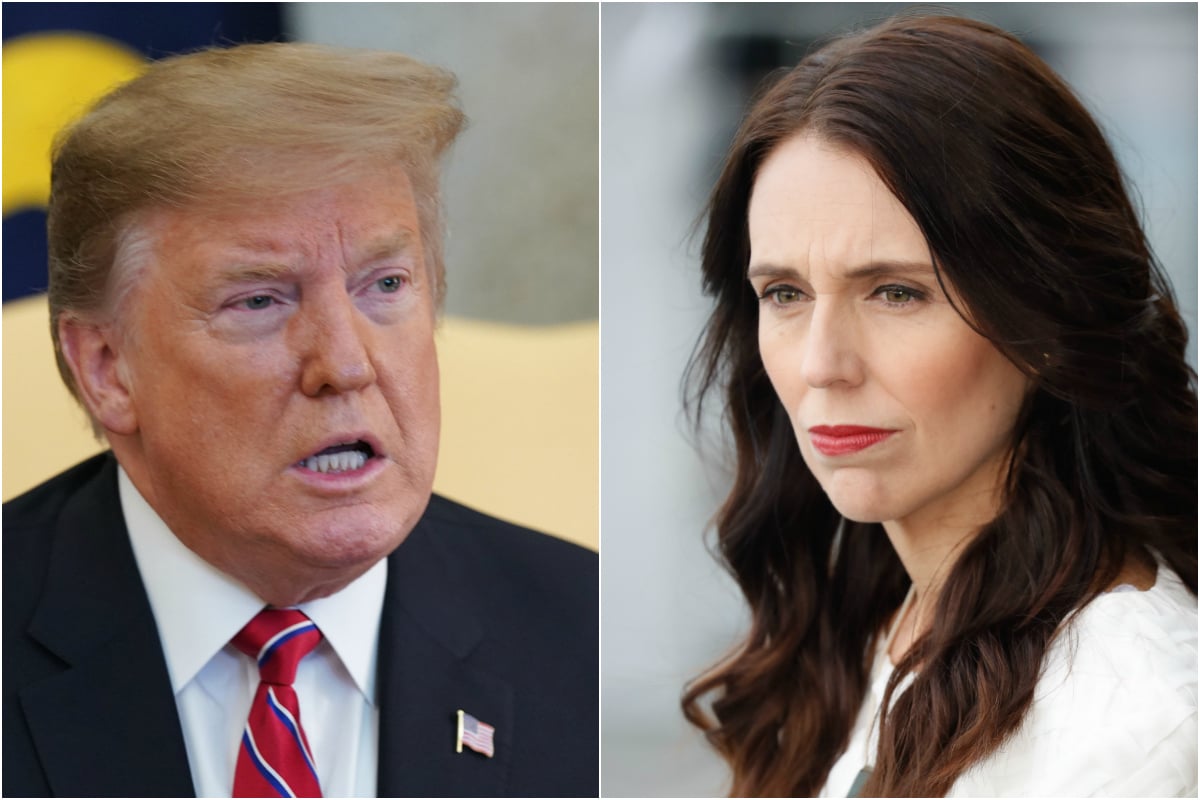
Less than 24 hours after a terrorist murdered 50 people in a mass shooting at two mosques in Christchurch, New Zealand, Prime Minister Jacinda Ardern uttered the words her country was waiting to hear: “our gun laws will change”.
Less than six days later, she followed through on that promise. Legislation to come into effect on April 11 will see a ban on military-style semi-automatic weapons and assault rifles, plus large-capacity magazines. As well as an immediate halt on sales of weapons to avoid stockpiling, the government will spend an estimated NZ$100m-200m on a buyback program to remove now-banned weapons from the streets.
Announcing the reforms on Thursday, the Labor leader said, “Our history changed forever. Now our laws will, too.”
The speed at which Ardern turned a tragedy into action has been described as “the fastest ever” response by a government to a mass shooting.
After 35 people were killed in the 1996 Port Arthur massacre, it took the Australian government, led by John Howard, an admirable 10 days to announce the National Firearms Agreement banning semi-automatic weapons. And it took seven months after the massacre of 16 children in Dunblane, Scotland, for the British government to enact a partial ban on handguns.





























































































